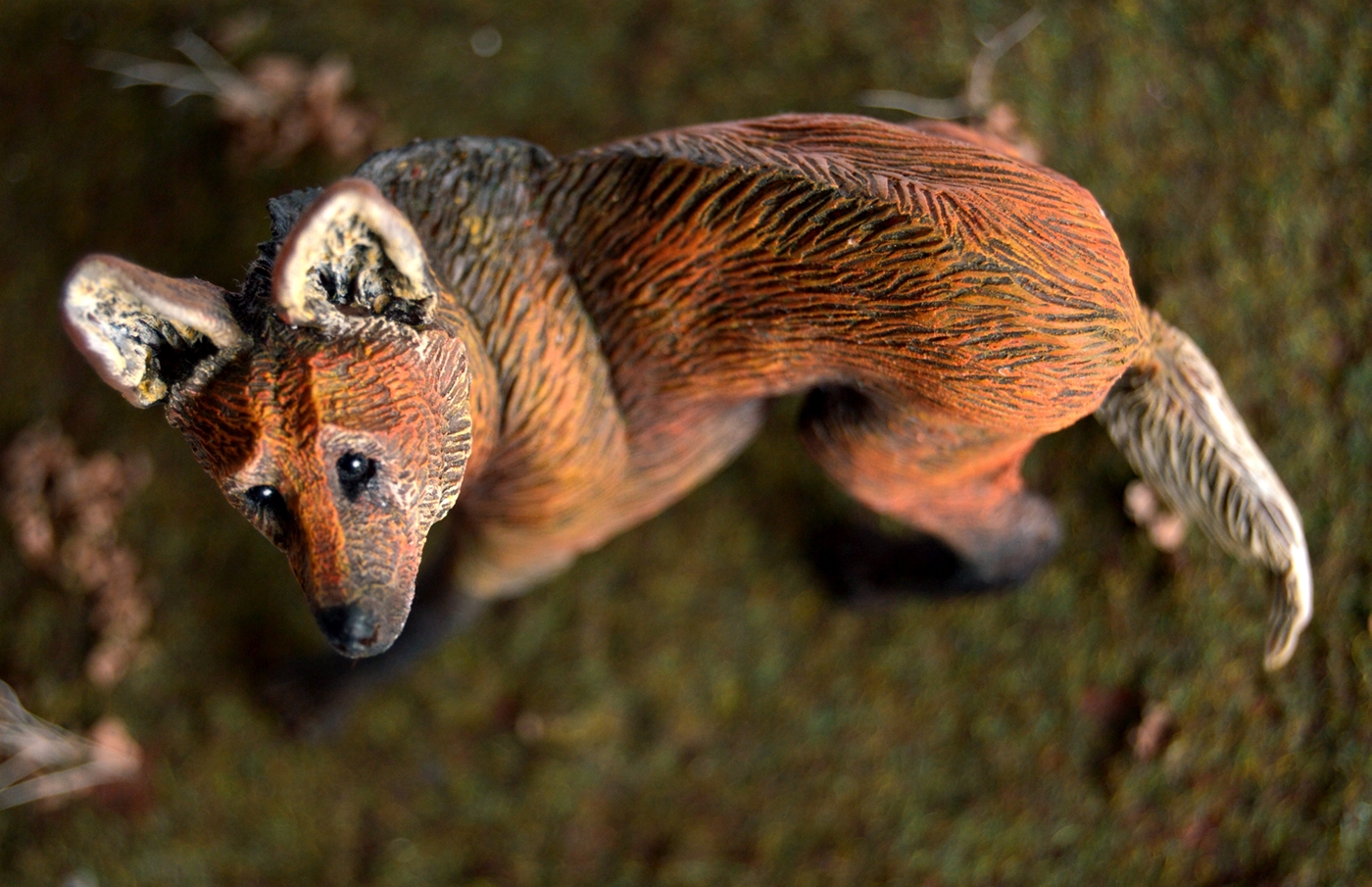
Using capture–recapture analysis of camera-trap data, we estimated densities per 100 square kilometers of 3.64 ± 0.77 individuals at the Cerrado site and 1.56 ± 0.77 individuals at the Pantanal site. We present results from two Brazilian regions: the Cerrado and the Pantanal. This is the first published study on maned wolf density and the first test of individual identification from camera-trap photographs. The maned wolf (Chrysocyon brachyurus) is threatened by large-scale habitat loss, in particular due to conversion to agricultural land. The 4 groups should for now be considered management units, within which future monitoring efforts should be conducted independently. Our results reveal a genetic signature of population size expansion followed by contraction during Pleistocene interglaciations, which had similar impacts on other South American mammals. This genetic signature points to an event that occurred within the timing estimated for the start of the contraction of the Cerrado around 50 000 YBP. Genetic structure results revealed 4 groups, and when coupled with model inferences from a coalescent analysis, suggested that maned wolves have undergone demographic fluctuations due to changes in climate and habitat during the Pleistocene glaciation period approximately 24 000 years before present (YBP). We found moderate levels of haplotype and nucleotide diversity, and the 14 D-loop haplotypes were closely related. To elucidate the phylogeographic patterns and demographic history of the species, we used 2 mtDNA markers (D-loop and cytochrome b) from 87 individuals collected throughout their range, in Argentina, Bolivia, Brazil, and Uruguay.



The maned wolf (Chrysocyon brachyurus) is one of the largest South American canids, and conservation across this charismatic carnivore's large range is presently hampered by a lack of knowledge about possible natural subdivisions which could influence the population's viability.


 0 kommentar(er)
0 kommentar(er)
